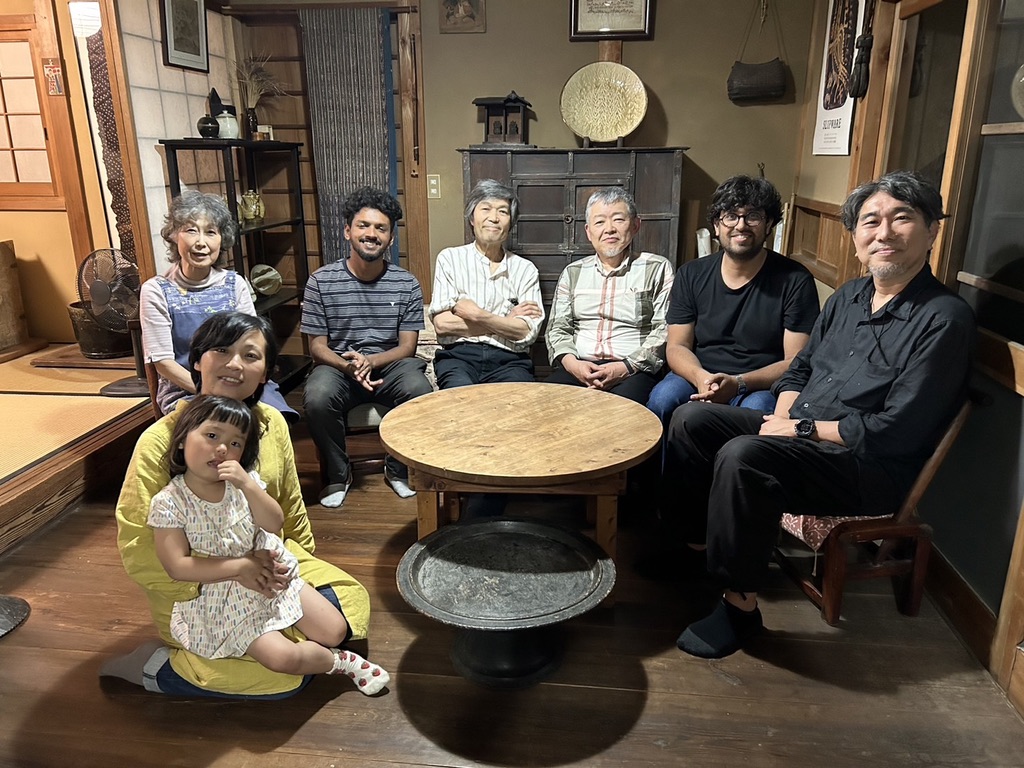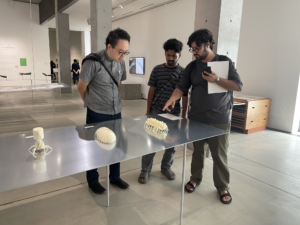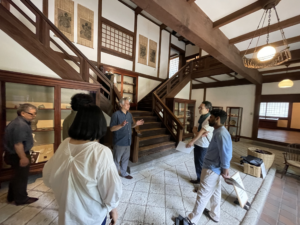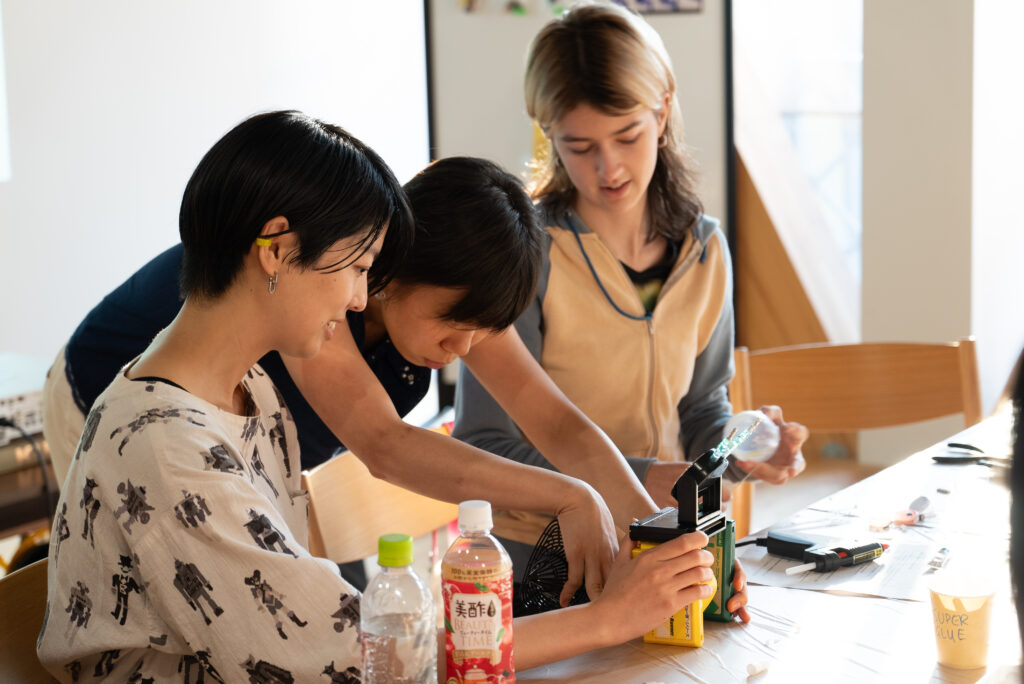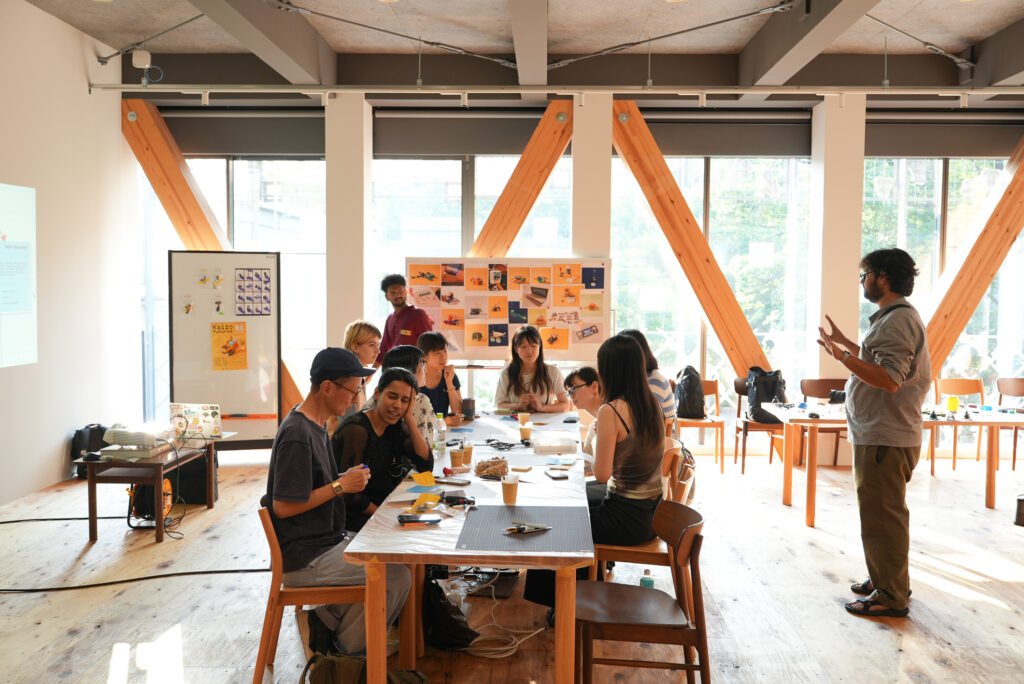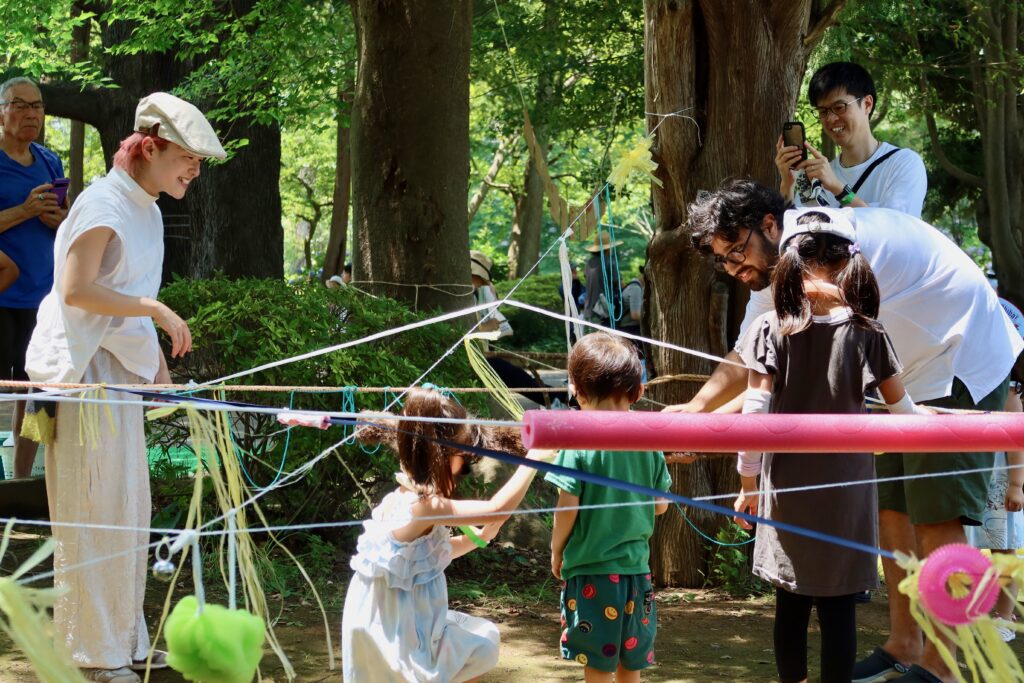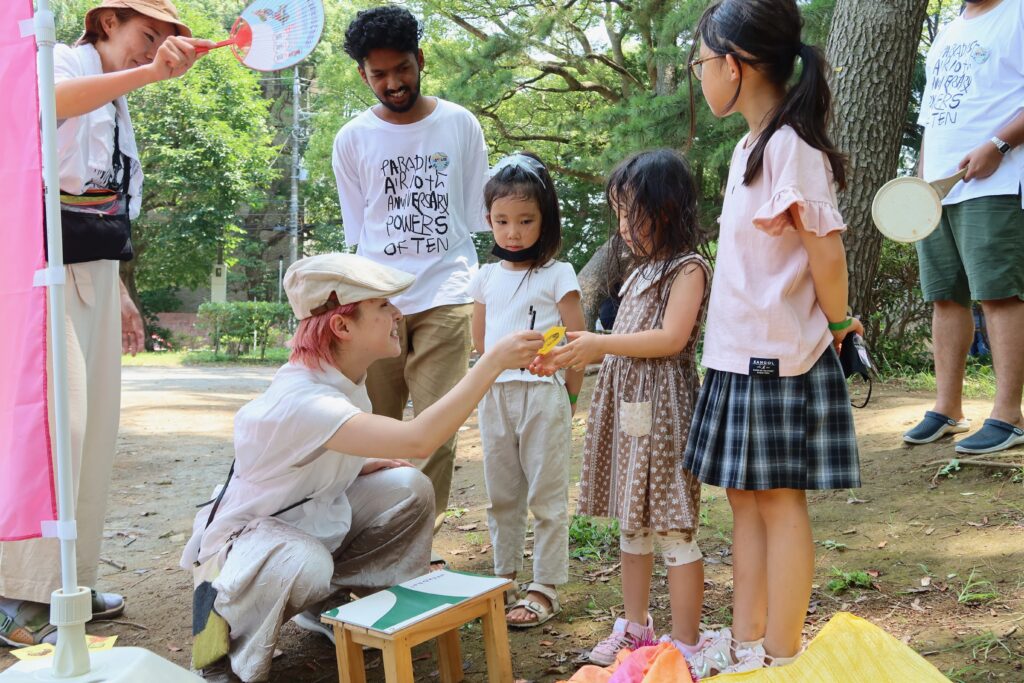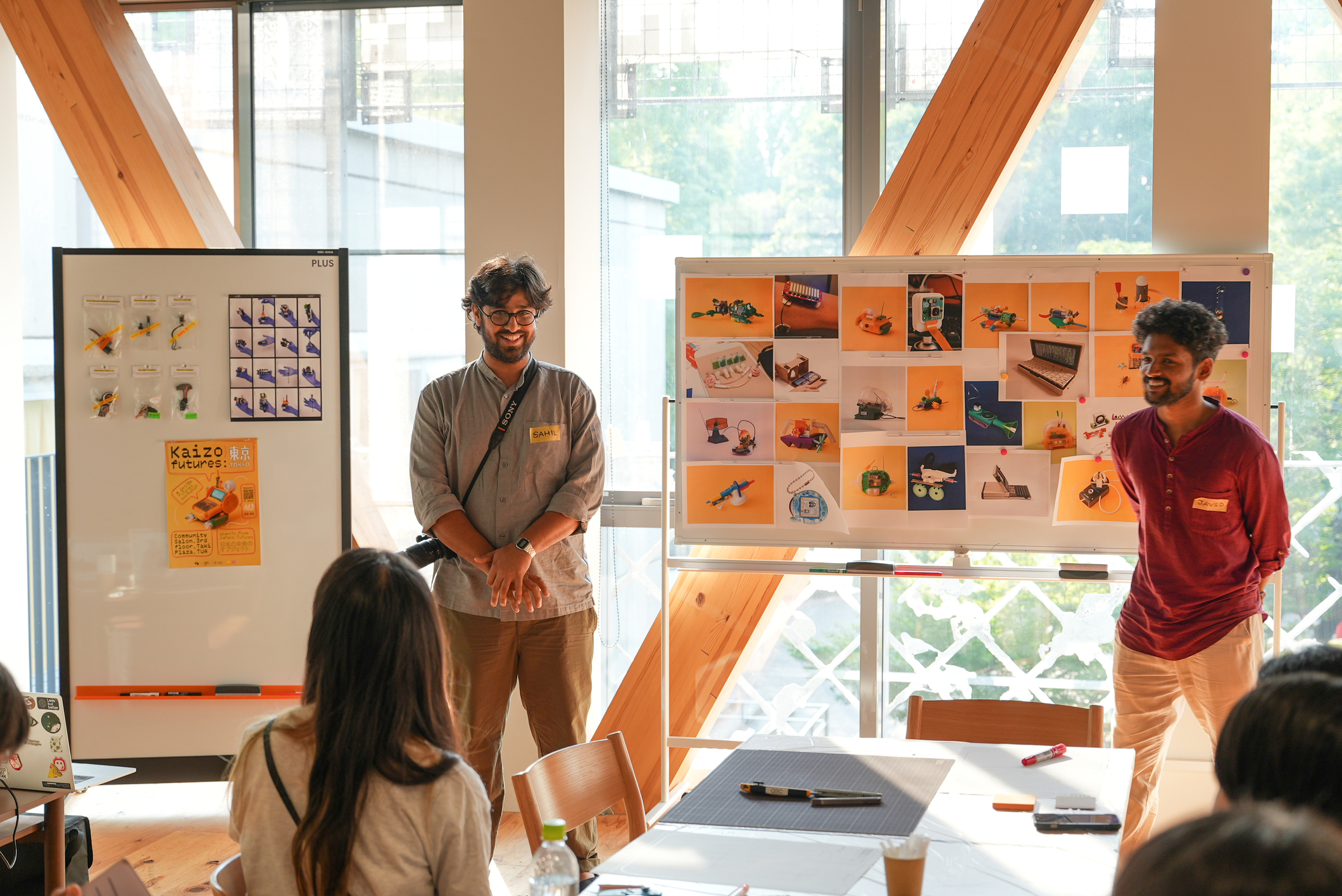This program invited Javid Ali, a student, and Sahil Thappa, a faculty member, from the National Institute of Design (NID) to Tokyo University of the Arts for a month-long research and internship program.
Based at PARADISE AIR in Matsudo City, Chiba Prefecture, they conducted research on the Japanese Mingei movement and acquired a lot of knowledge through active exchanges with students, faculty members, and guests from outside the university.
DATE
2024/6/17 – 7/16 (Internship + Field Research Phase)
LOCATIONS
Tokyo University of the Arts (Ueno, Toride)
PARADISE AIR (Chiba)
Tanba Sasayama (Hyogo)
Kyoto
Tokyo
FACULTY MEMBERS
Sahil Thappa (Head of NID’s User-Centered Design Lab and Co-Head, IPR Cell, NID)
Yusaku Imamura (Professor, Global Art Practice Department, Graduate School of Fine Arts, TUA)
Ryo Mikami (Professor, Department of Ceramics, TUA)
Kenichiro Egami (Project Assistant Professor, Global Support Center, TUA)
Mei Miyauchi (Project Research Assistant, Global Support Center, TUA)
STUDENT
Javed Ali (Product Design, NID)
RESEARCH MENTORS
Masaaki Shibata (Potter)
Takasumi Shibata (Potter)
Akira Kusumi (Plasterer)
Tamae Sagi (Curator at Kawai Kanjiro’s House)
Naoto Fukazawa (Designer)
Takashi Sugiyama (Managing Director at The Japanese Folk Crafts Museum)
Mayumi Furuya (Curator at The Japanese Folk Crafts Museum)
Noriko Kawakami (Associate Director at 21_21 DESIGN SIGHT)
COOPERATIONS
PARADISE AIR (Matsudo, Chiba)
Old Tamba Pottery Museum-Tamba Kotoukan– (Tamba Sasayama, Hyogo)
Kawai Kanjiro’s House (Kyoto)
NAOTO FUKASAWA DESIGN (Tokyo)
21_21 DESIGN SIGHT (Tokyo)
This program in collaboration with NID, which promotes research on traditional crafts and sustainability, explored the Japanese Mingei ( Japanese folk crafts) movement and contemporary design.
One faculty member (Sahil Tappa) and one student (Javid Ali) were invited from NID and began staying at the artist-in-residence PARADISE AIR.
Through tours to introduce the Ueno and Toride campuses of Tokyo University of the Arts and the surrounding area, they experienced the academic environment of the University first hand. Later in the program, they participated in the “Introduction to Japanese Arts and Culture (in English)” class held by the GSC, where they observed a lecture and practical demonstration by ceramics professor Ryo Mikami in person.
One of the highlights of the program was a field research trip to Tamba Sasayama, where they visited local potteries in person and had the opportunity to gain in-depth knowledge about the culture and crafts of Tamba Sasayama.
In addition, NID faculty member Sahil visited the studio of designer Naoto Fukasawa, who was the subject of his master’s thesis, and had a active discussion about the state of design today.
In addition, through visits to the Kawai Kanjiro’s House, the Japan Folk Crafts Museum, and 21_21 DESIGN SIGHT, and discussions with the curators, they were able to conduct invaluable research that went back and forth for about 100 years, from the Japanese folk crafts movement in the 1920s to the structure of design in today’s society.
At the end of the program, a workshop called “Kaizo Futures: What objects might you find in Japan in the future?” organized by Sahil and Javed, was held and attended by participants from inside and outside of the university. In the workshop, participants discussed the future and worked in groups to create products (objects) to solve social issues in the future.
Through internship activities at “Art Park,” a workshop for children in Matsudo City, Chiba Prefecture, they also deepened their understanding of the role of art in society through experiences.
The program’s final debriefing forum, where Sahil and Javed presented what they had learned and discovered over the past month both, was a meaningful event that connected India and Japan.
